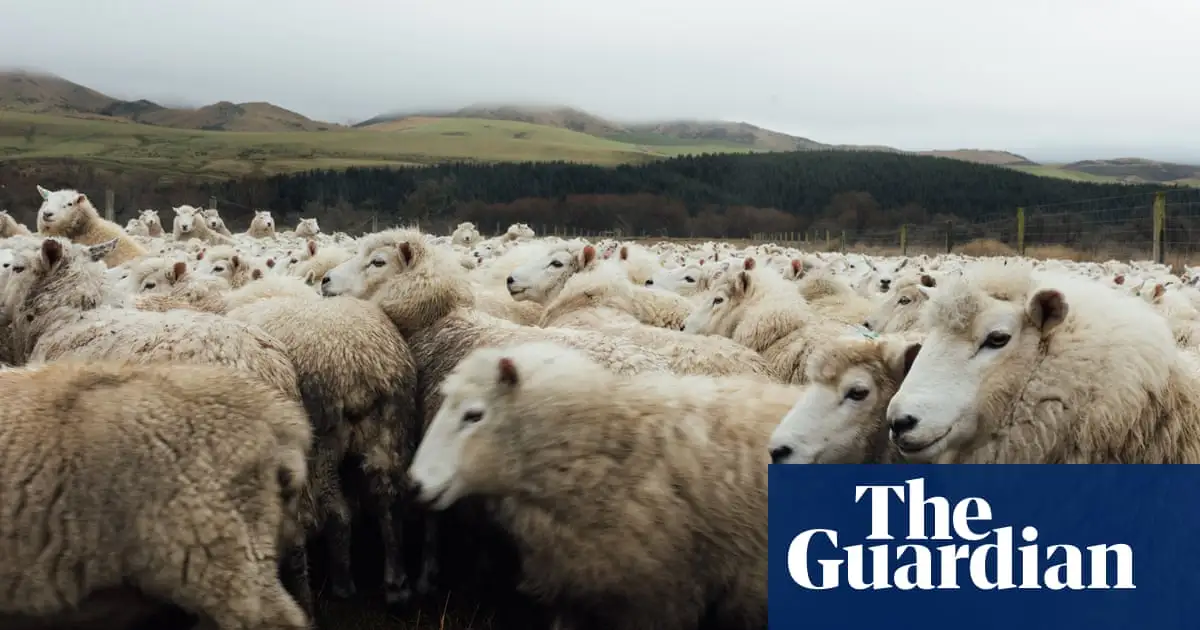Sheep numbers in sharp decline as farmers increasingly shift to forestry, fuelled by demand to earn carbon credits
Anyone who can convert to dairy already probably has at this point. I guess pine is the next best thing.
I have a biased view but from what I see generally sheep farms do not make good dairy farms. Often the shift is to have sheep make up a smaller portion of sheep & beef farms.
That makes sense. Is it because of terrain?
Hope that lessons are learned from the experience of the East Coast. Forests are fine until they’re harvested, and then your hillsides crumble in rain and your roads with them, and your beaches are covered with slash…
The really perverse thing is there’s no intention to ever harvest it. If they did that they’d have to pay back the carbon credits. They plant it and leave it, gather carbon credits quickly for 40 years. The rate slows down to a trickle after that as the canopy is mature. There is really no plan after that. Source family in forestry.
The problem is simply that the price of wool is so low, most farms cannot break even keeping sheep for wool. They are shifting away from wool in general, not just because of pine forestry.
Sheep farmers burn fleeces as wool prices slump
Tuesday June 27 2023, 12.01am BST, The Times
Sheep farmers are burning fleeces because it is too expensive to bring them to market, it has emerged, with Scottish ministers urged to live up to their green agenda and help reinvent the market.
Wool prices have been low since the 1990s, when the product traded at about £3 per kg, but during the past four years returns have reached crisis point for many producers.
An average price of £0.89 per kg at auction in 2019 fell to a total average return to producers of only £0.33 per kg, a drop exacerbated by the pandemic, which closed UK and international markets.
But campaigners say fleeces are versatile and could be repurposed, for example for house insulation, helping to play a role in Scottish ministers’ net-zero ambitions.
Then why are wool products so expensive to the consumer?
My uneducated guess is that the raw material is only a fraction of the processing, manufacturing and distribution costs.
That’s probably a bit to do with where the wool spinning (for garments) ends up happening, then the dying, then the garment making.
The problem for farmers is its good for the sheep in different parts of the year to have the wool taken off, but some years the margins can be so tight you’re almost paying to have the sheep shorn, the whole process barely breaks even.
There’s been a bunch of genetics research into self-shedding sheep for that reason, the flip from the 80s is that sheep in NZ is about meat now (for the most part) not wool.






